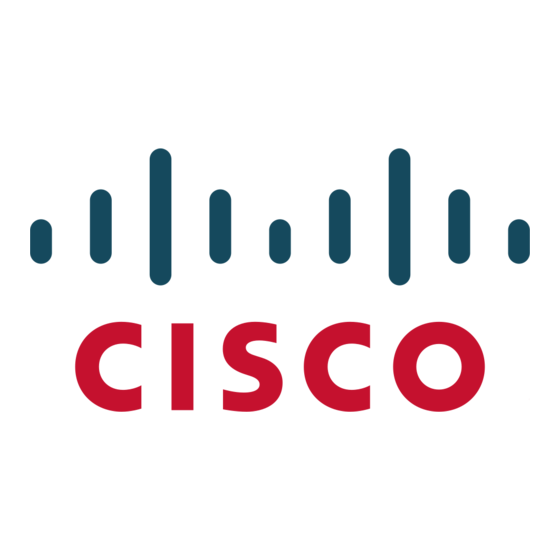Cisco 6500 - Catalyst Series 10 Gigabit EN Interface Module Expansion Manuale di configurazione - Pagina 3
Sfoglia online o scarica il pdf Manuale di configurazione per Interruttore Cisco 6500 - Catalyst Series 10 Gigabit EN Interface Module Expansion. Cisco 6500 - Catalyst Series 10 Gigabit EN Interface Module Expansion 8. Distributed forwarding card 4 for ws-x68xx, ws-x69xx, and select ws-x67xx modules
Anche per Cisco 6500 - Catalyst Series 10 Gigabit EN Interface Module Expansion: Nota di installazione (14 pagine), Manuale di soluzione (17 pagine), Nota di installazione (46 pagine), White Paper (19 pagine), Descrizione (1 pagine), Bollettino dei prodotti (6 pagine), Avviso (4 pagine), Scheda tecnica (9 pagine), Scheda tecnica (18 pagine), White Paper (18 pagine), Nota di installazione (28 pagine), Manuale di risoluzione dei problemi (11 pagine), Nota di installazione (18 pagine), Manuale d'uso (17 pagine), Nota di installazione (24 pagine), Manuale (19 pagine), Nota di installazione (36 pagine)

